Ginseng medicinal properties are known to many. This plant is used to treat both folk and traditional medicine, as part of some drugs and tinctures. This culture grows in China, Japan, Tibet et al. However, some gardeners practice ginseng cultivation and in our latitudes. Naturally, we cannot recreate the usual climate of the Far East, but you can get closer to this as much as possible. Next, we will tell about some nuances of ginseng cultivation.
Culture characteristics
Ginseng flower - a perennial plant. "Zhen-Shen" with a lat. Translated as a "life root". The genera of the Aralia, inflorescence - an umbrella, the fruit of the kitchen. Dosage purposes are used mainly to the root of the plant. It has a slightly suitable shape. Length reaches 20-27 cm. Root color - yellow.
There are several varieties of plants. The most useful properties have seaside ginseng. This plant is quite capricious, so the process of its cultivation should be approached with special care.
Preparation of seeds
In natural conditions, the ginseng seeds germinate for quite a long time. In the ground they lie for several seasons (18-19 months). At home, it is possible to expose their stratification, as a result of which they will germinate much faster. This process takes place in several stages:
- Select fresh large seeds and put them in a weak solution of potassium permanganate. Keep there for 10 minutes.
- After that, the seeds should be pretty dry.
- Next, mix them with fine-grained river sand in the proportion of 1: 1.
- Then the seeds are pouring into the heading stocking with sand with sand, which then put in the sand tank. In such conditions, keep them 3 months.
- Make sure that the room temperature is not below 19 degrees. Next, 1 time in two weeks of stockings with seeds should be moisturized. Such a "thermal" period ends at approximately early January.
- Next, go to the "Cold" stage. Tar with seeds is transferred to the cellar or in the refrigerator. The main thing is to maintain the temperature there is not lower than 0. In this form, the seeds should fly to the beginning of the spring.
- Next, planting prepared seeds in the ground is carried out.
Soil preparation for cultivation
Comfortable conditions for growing ginseng are a light half, drained soil, 25% of sunlight per day.
Light seveney can be created for a plant artificially, for example, install wooden shields from rails at an altitude of 1.5-2 meters above the beds. To create a shadow on a plot where ginseng is grown, you can use the lowest garden trees and shrubs. However, note that the shadows should be in moderation so that the soil due to lack of sunlight has not become wet, because the plant will be bad in this case.
To drain the garden on which it is planned to plant ginseng, can be different methods. For example, it uses river sand, slag and clay. One of these materials falls asleep on the bottom of the bed of 15-25 cm layer. In addition, you can equip the trenches and grooves on the site where the excess moisture from the soil will be drained.
When there is a drainage plot for ginseng, you can move to the preparation of the soil. This is done as follows:
- First of all, you need to collect a few small fallen leaves along with the soil in coniferous-deciduous forests or landings. For example, a layer of forest leaf land can be detected under pines and nuts.
- Next, the forest leaf land is refused to the compost pit. There it should be slightly pouring water and mix well.
- The resulting mixture is recommended to be supplemented with coarse sand, sawdust, egg shell, dull heat.
- All components of the soil elements before planting the plants are well mixed.
If a wooden framework is equipped on the site to create a shadow, then water the plant in the process of growth is recommended no more than 1-2 times a week.
Planting
Given the climate in our latitudes, planting ginseng is best in October-November, before the earth will freeze. If you decide to plant a plant in the spring, then the best month for this will be April. In the first and in the second case, the planting material should be prepared by the method that was described above.
Before landing, the seeds should be maintained in a touchpoint. Then they need to dig up right away, as the earth fills.
Planting the plant is as follows:
- Initially, landing pits are made in a depth of 3-4 cm.
- Next, seeds fall asleep in them. The distance between the seeds should be 2-3 cm. Rows must be removed from each other by 13-14 cm.
- If the landing is not seeded, but small seedlings, they should be planted under the tilt, blocking the lower part into the ground by 4 cm.
- Next, the soil is murdered with sawdust, needles or leaves.
- If the landing is carried out in the autumn period, the beds should be warmed. For this, the leaves are used. They pour out a layer of 5 cm. In the spring it is "insulation" with the beds are cleaned.
Seeds suitable for further planning, usually ripen towards the end of summer. Useful properties in the plant accumulate to the 6-7-tape age. Then their concentration in ginseng gradually decreases. Gather ginseng roots in the autumn period.
The root of the plant usually has a lot of 80-110 gr. If growing culture in the country area in order to collect useful roots, as mentioned above, it will be necessary for 6-7 years. In the natural environment, the root of such a mass in ginseng grows no earlier than 10 years. However, it is believed that the beneficial properties of a plant grown in country conditions are somewhat less than the ginseng growing in a wild environment.
Ginseng care
The first shoots of the plant can be seen one month after the seed landing. Initially, the sprout is a small loop from the leaves, which in the process of growing culture is revealed and turns into a stem. The first appears three-fold sheet. Such a fragile seedling should be scarcely or moderately so as not to damage it. There will be enough 3 liters of water per 1 sq.m. Crickerel. Next, in a month or two we will be able to see the new leaflets of the plant. Now it needs to fade and protect against pests. For this, a regular spraying of the Bordeaux mixture is performed. It is necessary to do it once every 3-4 weeks.
Soil looser should be carried out very carefully so as not to damage the seedlove. Weeds are removed only manually, without the use of garden inventory. From above, a girling on which ginseng grows, you can hide the grid. This will provide an extra protection culture. Do not allow direct sunlight to enter the plant, as this may cause the development of a rather dangerous disease - anthratracosis.
In the first year of life, Ginseng grows by 4-6 cm. In the fall, when the ground part of the plant will start, it will need to be gently cut off with garden scissors. In winter, the garden should be wicked by sawdust. In the second year of life on the stem ginseng, there will be no one, but two large leaves. Every year their quantity will increase. Starting from 5 years of age, ginseng is growing only the root.
Mulching the soil is carried out with sawdust, needle or humus. Earth humidity should be maintained at 65-70%. As the prevention of various diseases, 1 time per month when watering ginseng in water, a weak solution of manganese can be added.
Seeds ginseng gives only the fourth year of life. After their collection, the seeds are perfectly mixed with fine-grained sand so that they do not have time to dry. For personal needs, ginseng root can only be used in a 6-7-year-old plant. At this time, it can be used to prepare drugs.
It is possible to re-grow this culture in a plot in 5-7 years.
Diseases and pests
If a plant grows in a wild medium, it practically does not ill. But if you sit ginseng in the garden plot, the culture can be amazed by the following ailments:
- Anrazose. This disease can be hurting at any age. Developed as a result of entering the leaves of ginseng of direct sunlight. Signs of illness are dark brown spots on leaves. It is possible to treat the disease with the spraying of the culture of the Bordeaux liquid.
- Fusariosis. The disease is striking the most commonly young plant seedlings, they are withering and dried. Sometimes a disease can develop in adult cultures, then their stem acquires a brown color, and then hesp. In severe cases, the disease can hit the root system of the plant, thereby destroying it completely. It is possible to treat the disease with a spraying of a culture with a 0.5% solution of manganese.
- Rusty rot. It occurs mainly in adult plants. With the appearance of rot, the culture turns yellow, fades. The root acquires a gray shade. In order to prevent and treat the illness, a 0.5% solution of Bordeaux liquid is used. You can still apply for this purpose 2% haired lime.
- Tick, Tlla. They can be amazed at any age. It is possible to destroy parasites using a spraying of culture with soap solution with the addition of tobacco.
- Slug, Medveda. Ajust plant at any age. You can only destroy them manually or with special traps.
Prevention methods:
- To prevent plant disease, choose only a healthy planting material.
- Before planting a culture, handle and fertilize the soil. For this, organic feeding are suitable.
- Do not land a plant next to vegetable crops, as they are present a lot of pests that can become destructive for ginseng.
- In the process of growing culture, be sure to drain the soil.

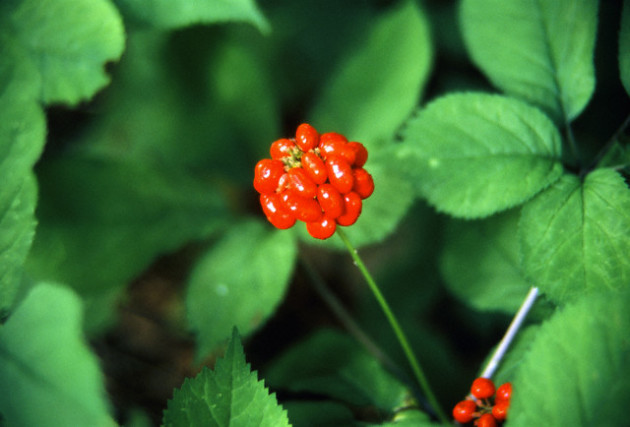
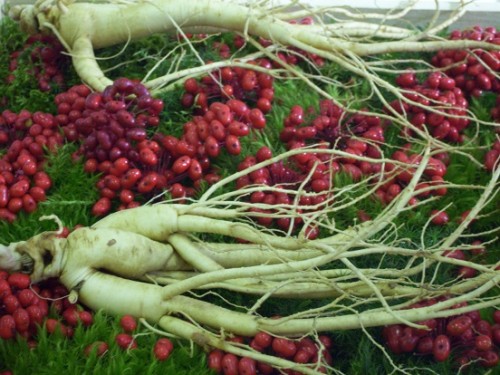
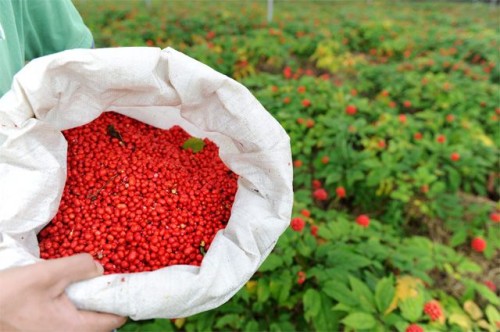
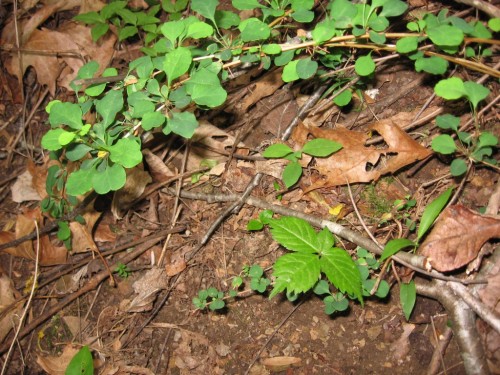
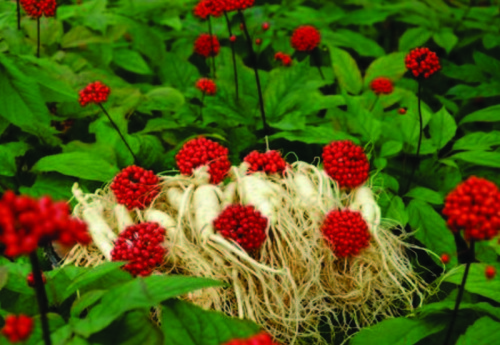
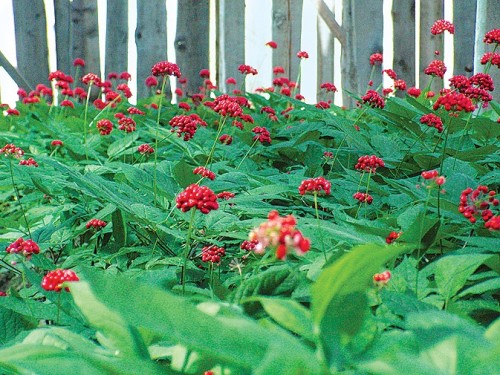
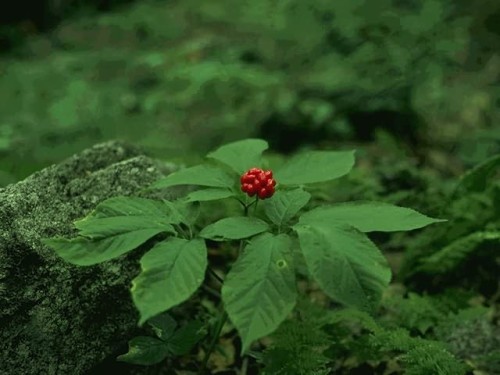
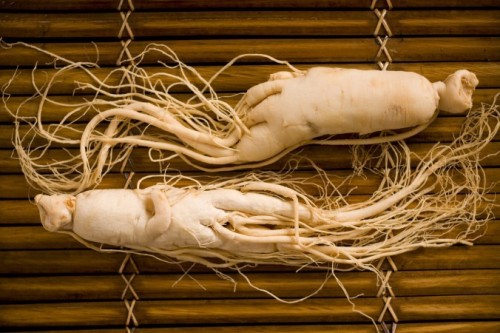
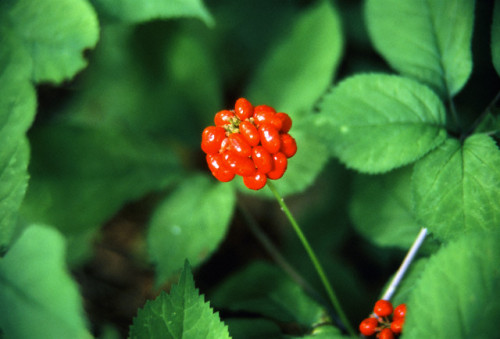
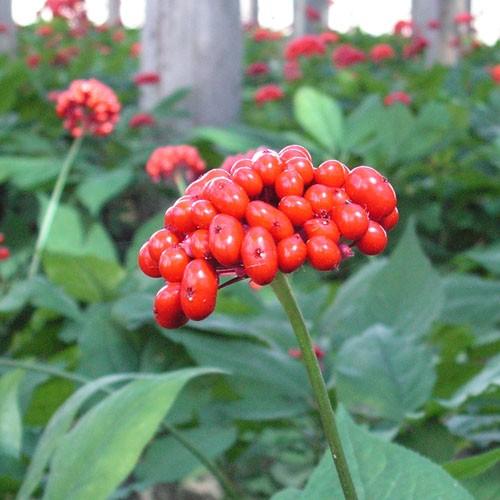












 Start a discussion ...
Start a discussion ...